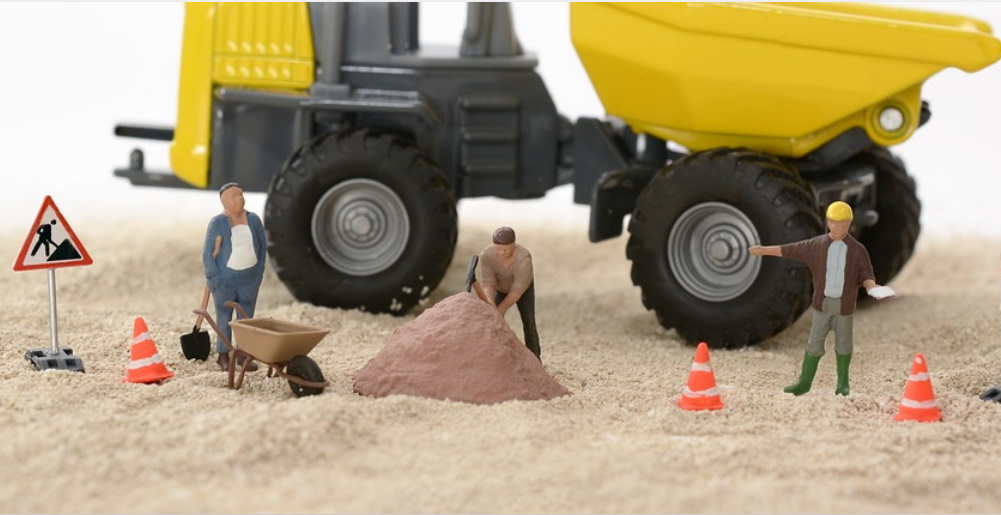Driving Safely in Traffic Control Zones
- Written by NewsServices.com

When there is construction on the road, or an important and large-scale community event, or possibly something else going on that affects road use, traffic management measures are required. During these times in a state like Victoria, local governments, enterprises and organisations will seek hassle-free traffic management services in Epping, Melbourne, but what does it all mean for drivers?
If you encounter traffic control zones, here are some important tips to stay safe. Hopefully these tips will help to protect you and other road users. A lot of these rules are similar to tips for driving in heavy traffic.
Tip 1: Slow Down
The cardinal rule of driving safely through a traffic control zone is to reduce your speed to whatever limit is indicated, or at least 20 percent under the regular speed limit. Basically, the slower you’re going the better, within reason.
A traffic control zone can mean a number of things, such as there being an accident in the road that is being cleared up. Alternatively, it could be workers resurfacing a road, or traffic being redirected from a special event happening. In many cases, traffic control areas involve manpower as well as signs and devices like traffic lights. There could be a lot of people on the ground if you’re driving through a road construction zone. These people can easily get hurt when people ignore control measures and try to navigate through them too quickly.
Tip 2: Stay in Lane
You might be directed into a particular lane or pair of lanes when driving through traffic control. With traffic moving slowly, it can create the temptation for people to switch lanes frequently to try and keep moving, or perhaps drive into an empty lane that they’re not supposed to be in. It’s critical that you resist these urges and move patiently forward in your lane, even if it’s slow.
Stay in lane, and keep a safe distance from cars in front. Movement can be more sporadic and jerky when navigating a traffic control zone. Take a deep breath, keep your distance, keep your speed down, stay in the right lane and you’ll get through it soon enough.
Tip 3: Follow Sign Instructions
If signs are telling you to get into a particular lane, or to divert to another road, then it is doing so for a good reason. Traffic control signs are there to give instructions, not suggestions. Therefore, it’s imperative that you follow what the signs are saying and don’t deviate from their direction.
Tip 4: Scan the Road Ahead
Installation of a traffic control zone can fox some people because it changes the way that one has to operate on a road they are otherwise very familiar with. Not only does it change speed limits, but also quite possibly the lane one will use, the direction one can take, and how far along the road they can travel before being diverted to another junction. Under these changed conditions, it’s very important that drivers scan the road ahead for signs and instructions, as well as to see what other traffic is doing.
Tip 5: Take a Diversion if You Feel Uncomfortable
In large traffic control areas, some people can start to feel uncomfortable being surrounded by vivid signs, traffic cones, people working in the road and whatnot. The good news is that traffic control areas are typically things that drivers are warned about before they reach them. If you see a sign indicating that a few kilometres ahead is such a zone, then you can take a diversion early and avoid the whole thing. That helps some people to feel better and drive more safely.














